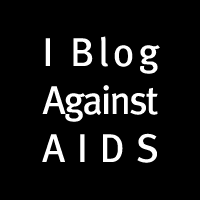Please don't tell me you're surprised
Today the Post's Shankar Vedantam reports that the pharmaceutical company which sponsors a drug trial is most likely to find their own drug works 'best'. Comparison of Schizophrenia Drugs Often Favors Firm Funding Study goes onto say:
...when psychiatrist John Davis analyzed every publicly available trial funded by the pharmaceutical industry pitting five new antipsychotic drugs against one another, nine in 10 showed that the best drug was the one made by the company funding the study."On the basis of these contrasting findings in head-to-head trials, it appears that whichever company sponsors the trial produces the better antipsychotic drug," Davis and others wrote in the American Journal of Psychiatry.
Such studies make up the bulk of the evidence that American doctors rely on to prescribe $10 billion worth of antipsychotic medications each year. Davis pointed out the potential biases in design and interpretation that produced such contradictory results. Other experts note that industry studies invariably seek to boost the image of expensive drugs that are still under patent. Moreover, they say, the trials are relatively brief and test drugs on patients with simpler problems than doctors typically encounter in daily practice.
By contrast, when the federal government recently compared a broader range of drugs in typical schizophrenia patients in a lengthy trial, two medications that stood out were cheaper drugs not under patent. The medication that worked best for patients with severe, intractable schizophrenia was clozapine, whose sales lag well behind every other drug in its class. And an earlier leg of the study found that the largely unused drug perphenazine had about the same risks and benefits as far more expensive competitors that are widely assumed to be safer.







